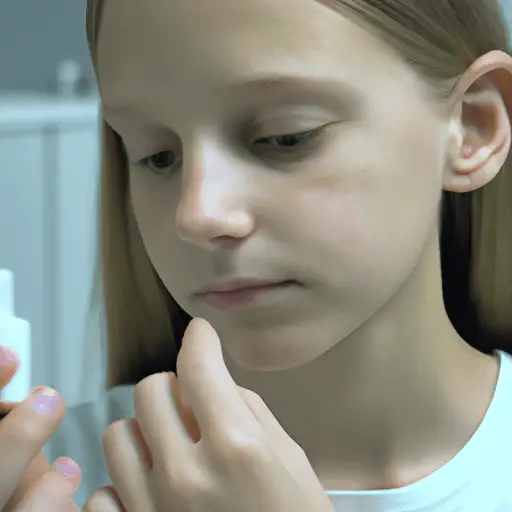-
Table of Contents
- Discovering Successful Acne Remedies for Adolescents
- Key Takeaways
- Introduction: Unmasking Adolescent Acne
- Understanding the Causes of Adolescent Acne
- Exploring Treatment Options for Adolescent Acne
- The Importance of Early Intervention and Consistent Treatment
- FAQ Section: Answering Common Questions About Adolescent Acne
- Conclusion: Navigating the Path to Clear Skin
- Review of Key Takeaways
Discovering Successful Acne Remedies for Adolescents

[youtubomatic_search]
Key Takeaways
- Acne is a common skin condition among adolescents, affecting up to 85% of teenagers.
- Various factors contribute to the development of acne, including hormonal changes, diet, stress, and genetics.
- Several treatments are available for adolescent acne, ranging from over-the-counter products to prescription medications and lifestyle changes.
- Early intervention and consistent treatment can help prevent scarring and improve self-esteem.
- Consulting a dermatologist is crucial for severe acne cases and for personalized treatment plans.
Introduction: Unmasking Adolescent Acne
Acne is a prevalent skin condition among adolescents, with up to 85% of teenagers affected worldwide (Source: American Academy of Dermatology). This condition, characterized by the appearance of pimples, blackheads, and whiteheads, can significantly impact a teenager’s self-esteem and quality of life. This article explores the causes of adolescent acne and the various treatment options available, providing valuable insights for parents and teenagers alike.
Understanding the Causes of Adolescent Acne
Adolescent acne primarily results from hormonal changes during puberty. The surge in hormones leads to increased sebum production, which can clog pores and lead to acne. Other factors contributing to acne include diet, stress, and genetics. A study published in the Journal of the American Academy of Dermatology found a significant association between acne and consumption of dairy products and high-glycemic-index foods.
Exploring Treatment Options for Adolescent Acne
There are several treatment options available for adolescent acne, ranging from over-the-counter products to prescription medications. Over-the-counter treatments typically contain ingredients like benzoyl peroxide or salicylic acid, which can help unclog pores and reduce inflammation. Prescription treatments may include topical retinoids, antibiotics, or in severe cases, isotretinoin. A dermatologist can provide personalized treatment plans based on the severity and type of acne.
The Importance of Early Intervention and Consistent Treatment
Early intervention and consistent treatment are crucial in managing adolescent acne. According to the American Academy of Dermatology, early treatment can prevent acne from worsening and reduce the risk of scarring. Consistent use of acne treatments, even when the skin appears clear, can help maintain the results and prevent new breakouts.
FAQ Section: Answering Common Questions About Adolescent Acne
- What causes adolescent acne? Adolescent acne is primarily caused by hormonal changes during puberty, which lead to increased sebum production. Other factors include diet, stress, and genetics.
- What are the treatment options for adolescent acne? Treatment options range from over-the-counter products to prescription medications, depending on the severity and type of acne. A dermatologist can provide personalized treatment plans.
- Can diet affect acne? Yes, certain foods, particularly dairy products and high-glycemic-index foods, have been associated with acne.
- Is it necessary to treat acne early? Yes, early intervention can prevent acne from worsening and reduce the risk of scarring.
- Should acne treatments be used consistently? Yes, consistent use of acne treatments can help maintain the results and prevent new breakouts.
Conclusion: Navigating the Path to Clear Skin
Adolescent acne, while common, can be a significant source of distress for teenagers. Understanding the causes and treatment options is crucial in managing this condition. Early intervention, consistent treatment, and consultation with a dermatologist can help adolescents achieve clear skin and improved self-esteem. Remember, every teenager’s skin is unique, and what works for one may not work for another. Therefore, personalized treatment plans are essential for successful acne management.
Review of Key Takeaways
- Acne is a common skin condition among adolescents, primarily caused by hormonal changes during puberty.
- Diet, stress, and genetics also contribute to the development of acne.
- Various treatment options are available, ranging from over-the-counter products to prescription medications.
- Early intervention and consistent treatment can help prevent scarring and improve self-esteem.
- Consulting a dermatologist is crucial for severe acne cases and for personalized treatment plans.
[youtubomatic_search]

Leave a Reply